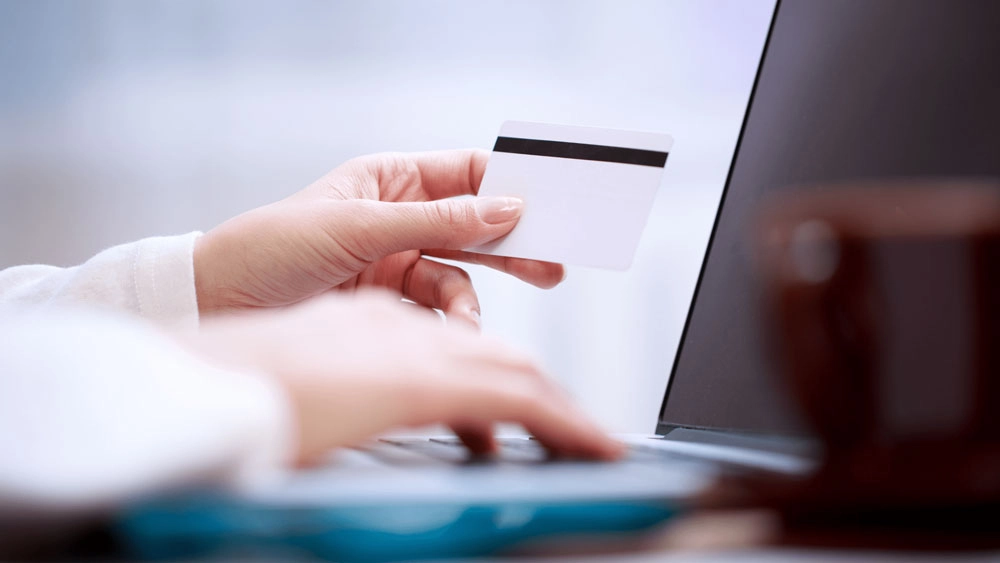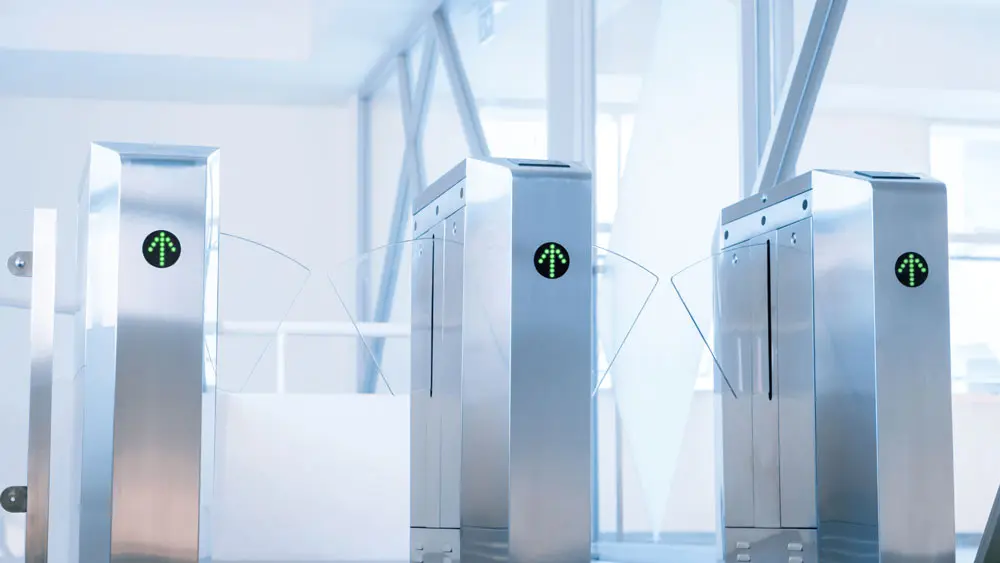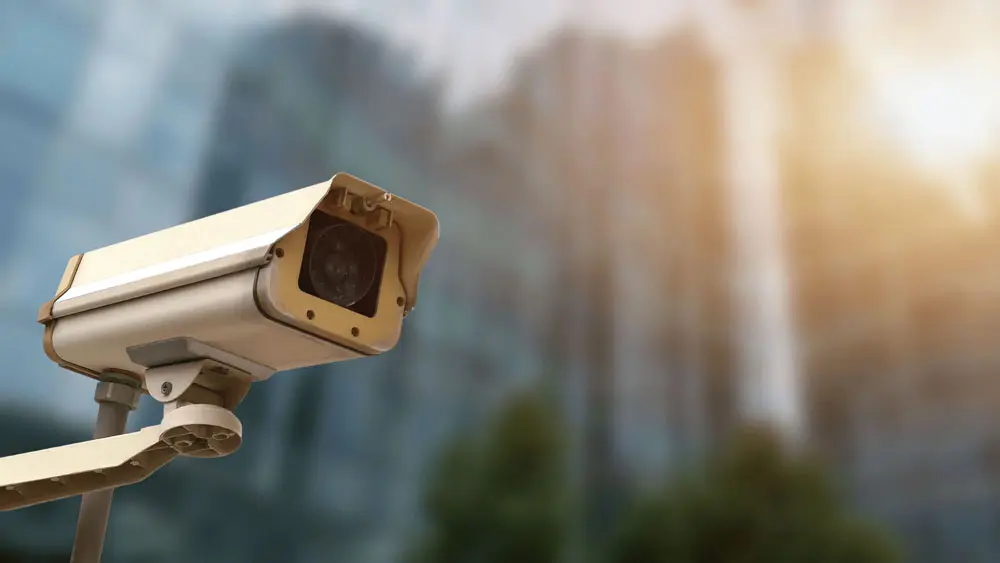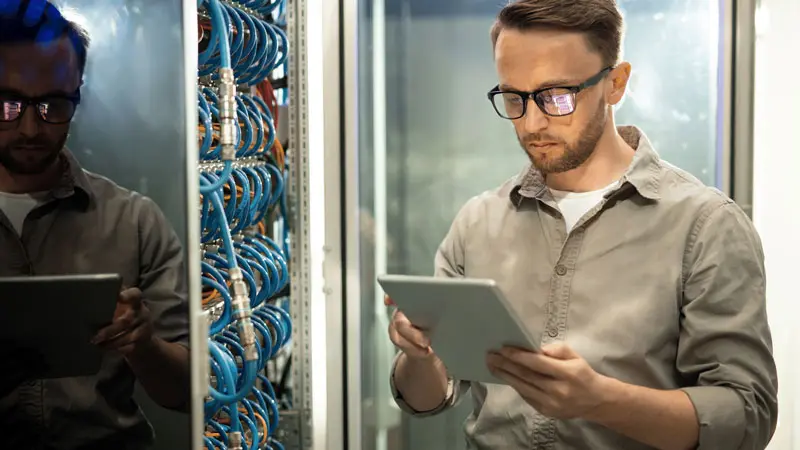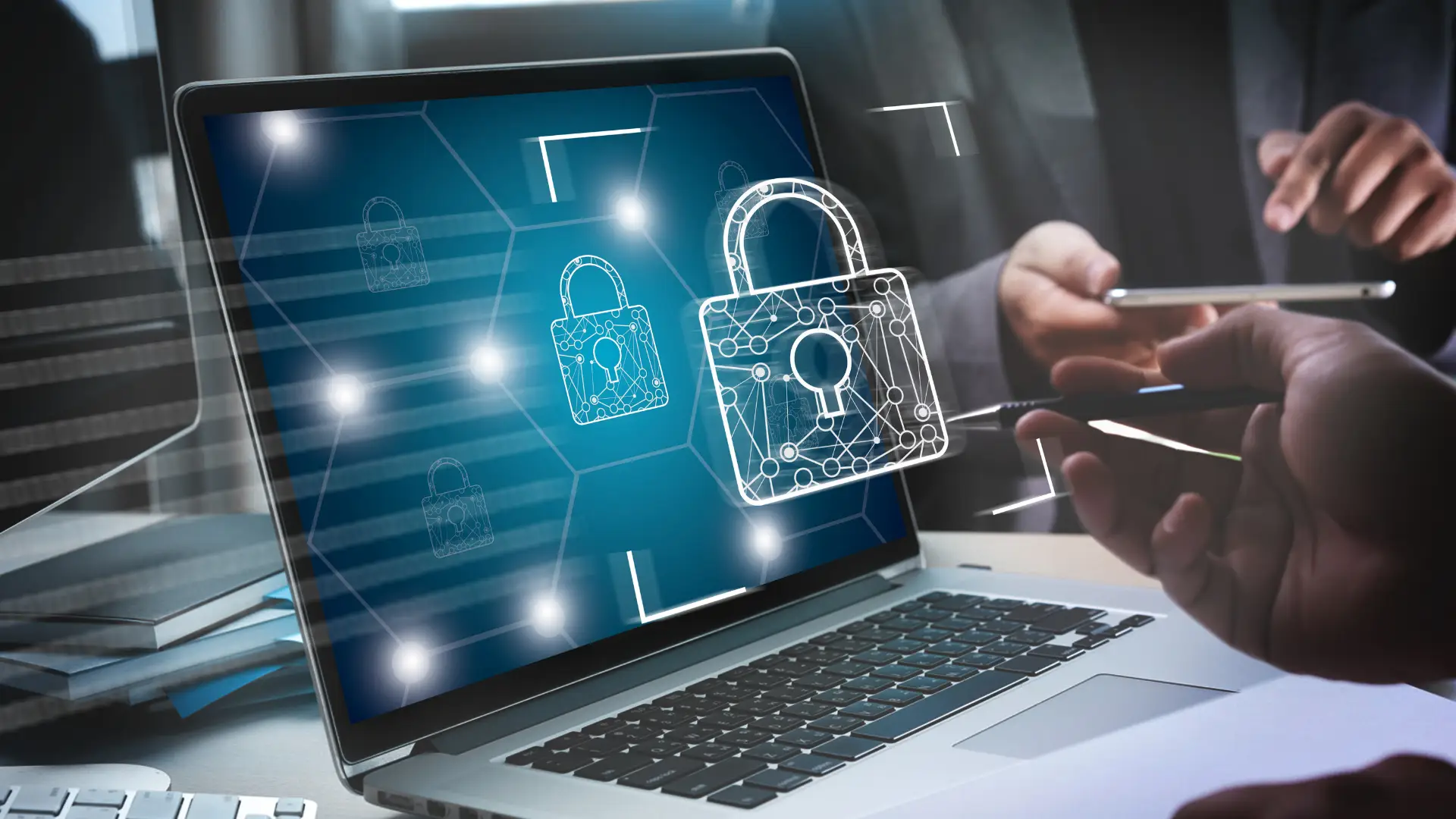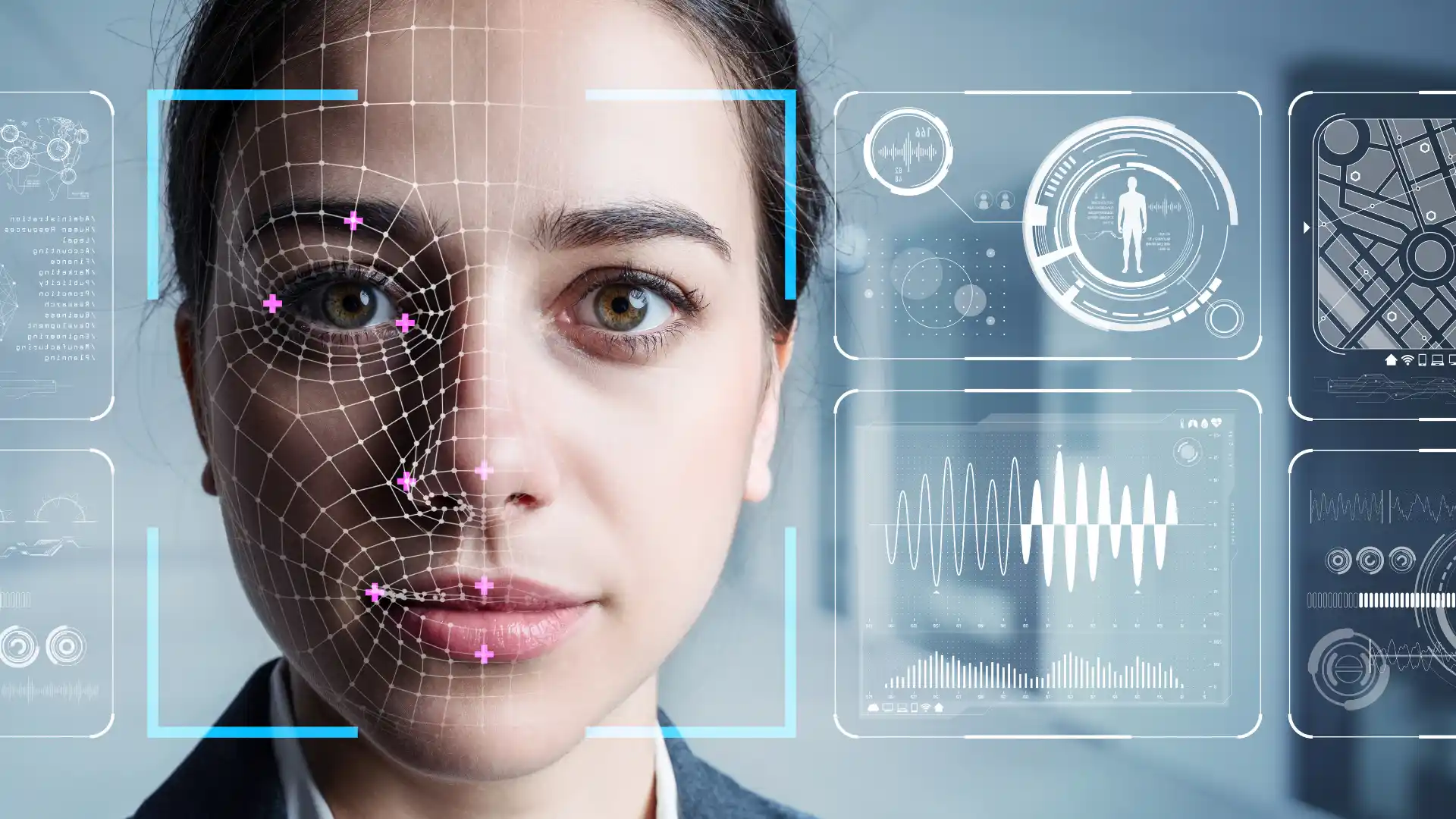Multi-factor authentication systems
Everything you need to know about MFA/2FA systems
Organizations are always looking for reliable means to achieve security in their systems. In a technological world where hacking and fraud abound, it is essential to protect customer and company data using reliable methods.
Perhaps the most prominent information security technology provides is dual-factor authentication and multi-factor authentication, or what is known as Multi Factor authentication. Therefore, we will take a closer look at this system, and learn about the services of Al Maalim International Company in this industry.
The concept of two/multi factor authentication
Two-Factor Authentication (2FA) or Multi-factor Authentication (MFA), sometimes referred to as two-step verification or MFA systems, is a security process in which users provide different authentication factors to verify themselves or their digital identification.
Multi-factor authentication (MFA) is implemented to better protect both the user’s credentials and the resources that the user can access.
On the other hand, multi-factor authentication provides a higher level of security than single-factor authentication (SFA) methods.
Two- or more-factor authentication methods rely on the user providing a password as the first factor, and then a second, different factor—usually either a security token or a biometric factor, such as a fingerprint or facial scan, and there may be more than one authentication factor.
Multi-factor Authentication
There is a group of factors that can be used to provide high security standards in different organizations and products when using Multi-factor Authentication. This method requires a user to verify their identity by providing two or more factors according to the level of security required and the sensitivity of the data. They are the following:
- A knowledge factor
This type includes a set of technologies such as a password or a personal identification number (PIN) and they are things that the user knows.
- A possession factor
And it includes all the things that the user has. For example, ID card, security token, mobile phone, a mobile device, or smartphone app, to approve authentication requests.
- A biometric factor
It includes all the biometric signs and characteristics of the user. Such as fingerprints authenticated through a fingerprint reader. Other commonly used inherence factors include facial and voice recognition, or behavioral biometrics, such as keystroke dynamics, gait or speech patterns.
- A location factor
The location factor is usually denoted by the location from which the authentication attempt is being made. This can be enforced by limiting authentication attempts to specific devices in a particular location, or by tracking the geographic source of the authentication attempt based on the source IP address, or some other geolocation information, such as GPS data.
- A time factor
The time factor restricts user authentication to a specific window of time in which they are allowed to log in and restricts access to the system outside of that window.
How do MFA systems work?
The user is required to log in through the application or website, after which he enters the username and password. The website server then finds a match and identifies the user. For operations that do not require passwords, the website generates a unique security key for the user. The authenticator processes the key, and the website server verifies its validity.
Then, the site prompts the user to initiate the second login step. Although this step can take a number of forms, the user must prove that they only have something they own, such as biometrics, security code, ID card, smartphone or another mobile device. This is the possession factor we talked about earlier.
After that, the user may have to enter a one-time code generated as an OTP, in order for the user to be authenticated and granted access to the application or website, after providing all the required factors.
How do hardware tokens work?
Hardware tokens for MFA are available supporting different approaches to authentication. One popular hardware token is the YubiKey, a small Universal Serial Bus device that supports OTPs. In addition to public key encryption and authentication, the Universal 2nd Factor (U2F) protocol.
So when users with a YubiKey log into an online service that supports OTPs—like Gmail, GitHub, or WordPress—they insert their YubiKey into their device’s USB port, enter the password, and click the YubiKey field. The YubiKey will generate an OTP password and enter it in the field.
The OTP from the online service is then sent to Yubico to verify authentication. Once the one-time password is validated, Yubico’s authentication server sends a message confirming that this is the correct token for that user. Here we have used two factors, namely the knowledge factor and the possession factor.
Benefits of using MFA
There are several things that drive companies and organizations to use dual-factor authentication in business, including the following:
- Enhance the security of your various business data.
- Greatly decreases the chance of a hacker gaining access to corporate devices or other sensitive information.
- Increase productivity and flexibility.
- Many businesses are now embracing remote working as it provides diversity and encourage productivity, the implementation of multi-factor authentication allows employees to safely access corporate systems from any device or location-without putting sensitive data at risk.
- Lower help desk and security management costs
- Multi-factor authentication helps to reduce time-consuming password resets which help desks are burdened with. Multiple authentication (MFA) provides a safe way for users to reset their passwords.
- Reduce fraud and build secure online relationships
- By introducing two-factor authentication you can help to provide a secure brand experience. This encourages strong ongoing relationships with customers.
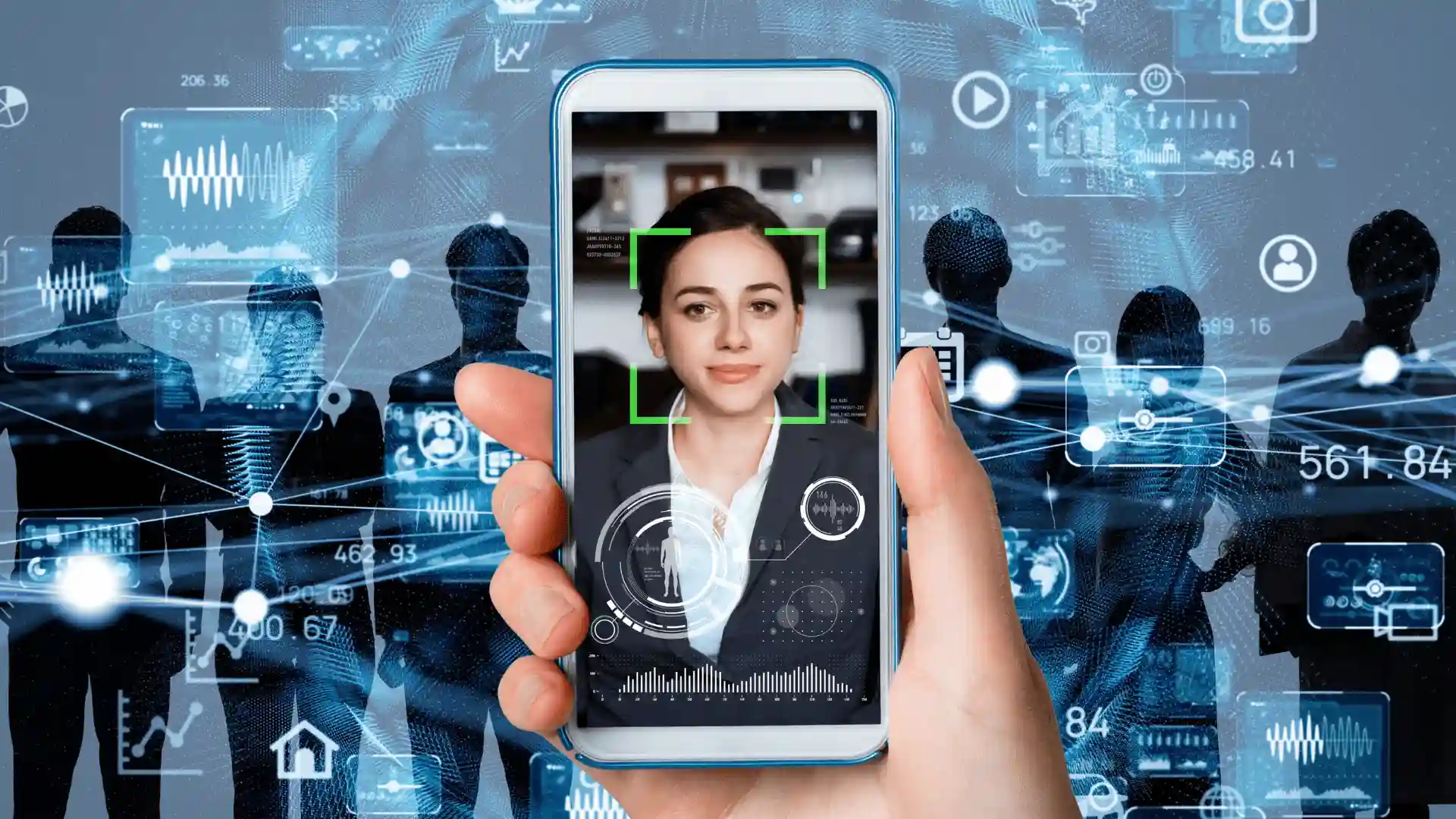
In conclusion, many facilities and organizations prefer to use MFA systems in their business. Which increases security and credibility when applied correctly.
Therefore, you must seek the help of a specialized work team that provides you with the best technologies and products, to complete your digital transactions easily, safely and with high quality, so do not hesitate to contact us, and follow up on our services and products through our social media platforms.

